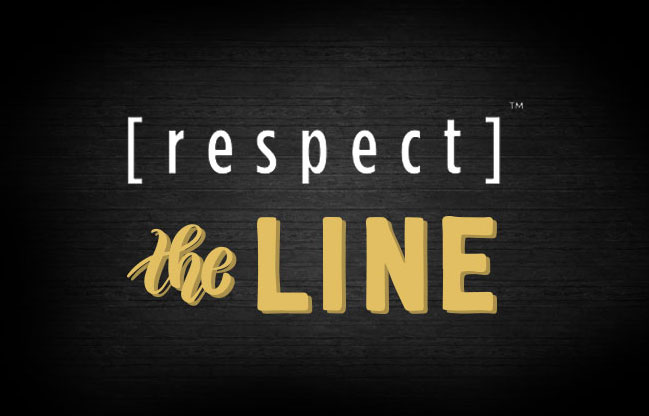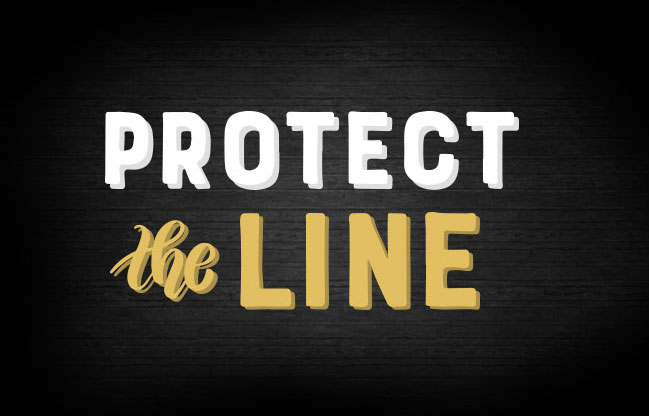RESPECT MEANS KNOWING WHERE THE LINE IS AND NOT CROSSING IT
[ r e s p e c t ]™ means engaging in open communication, explicitly asking for consent, accepting others’ decisions and limits, watching out for friends during an evening out, resisting peer pressure to ignore or participate in sexually offensive behavior or harassment, and having empathy and compassion for survivors of sexual violence.
View each section of the [ r e s p e c t ]™ message to learn more about the campaign:

KNOW THE LINE
Know the difference between consensual sexual activity and sexual violence.
Learn More

[respect]™ THE LINE
Respect others by obtaining consent for all sexual activity and not crossing a line until consent is given.
Learn More

DYNAMICS OF SEXUAL VIOLENCE
- Most sexual assaults are committed by someone the victim knows. The assault may be committed by a friend, acquaintance, or intimate partner. It is often someone trusted. Many sexual assaults occur in either the victim or the offender's home. Weapons are rarely used. Instead, perpetrators of sexual assault often trick, pressure, coerce, threaten or intimidate victims into unwanted sexual activity.
- Alcohol use often plays a role in sexual violence. Alcohol is a factor in a majority of sexual assaults, especially those involving persons between the ages of 18-29. Alcohol use or intoxication does not cause or excuse sexual violence. Alcohol does make it easier for people to misinterpret signals and blur the lines of consent. Consent must be clear and freely given. Sex without consent is rape.
- Bullying can lead to sexual violence. Boys and girls who engage in bullying behaviors, like name-calling, taunting, spreading rumors, and homophobic teasing, are also more likely to sexually harass others later. Sexual harassment is a form of sexual violence.
![[ respect ]™](/media/1135/00-respect_logo_black.svg)

